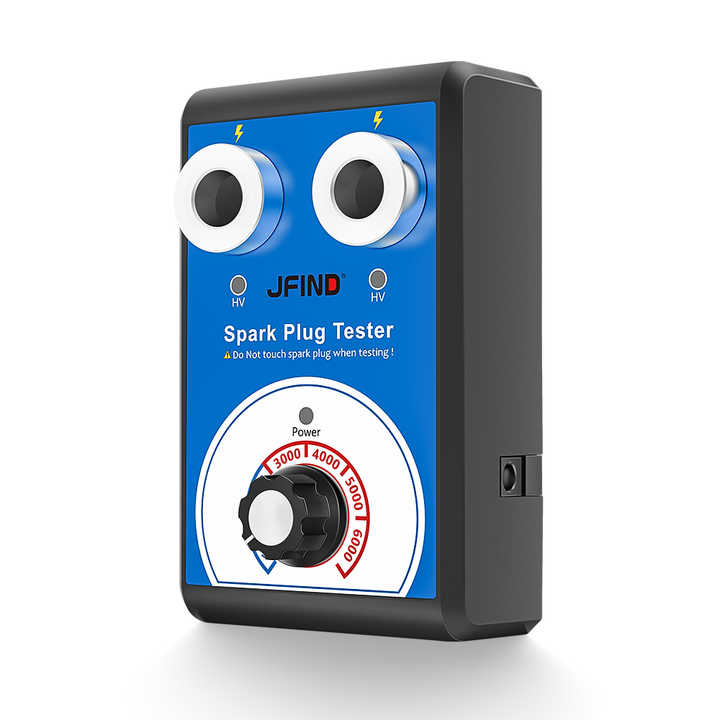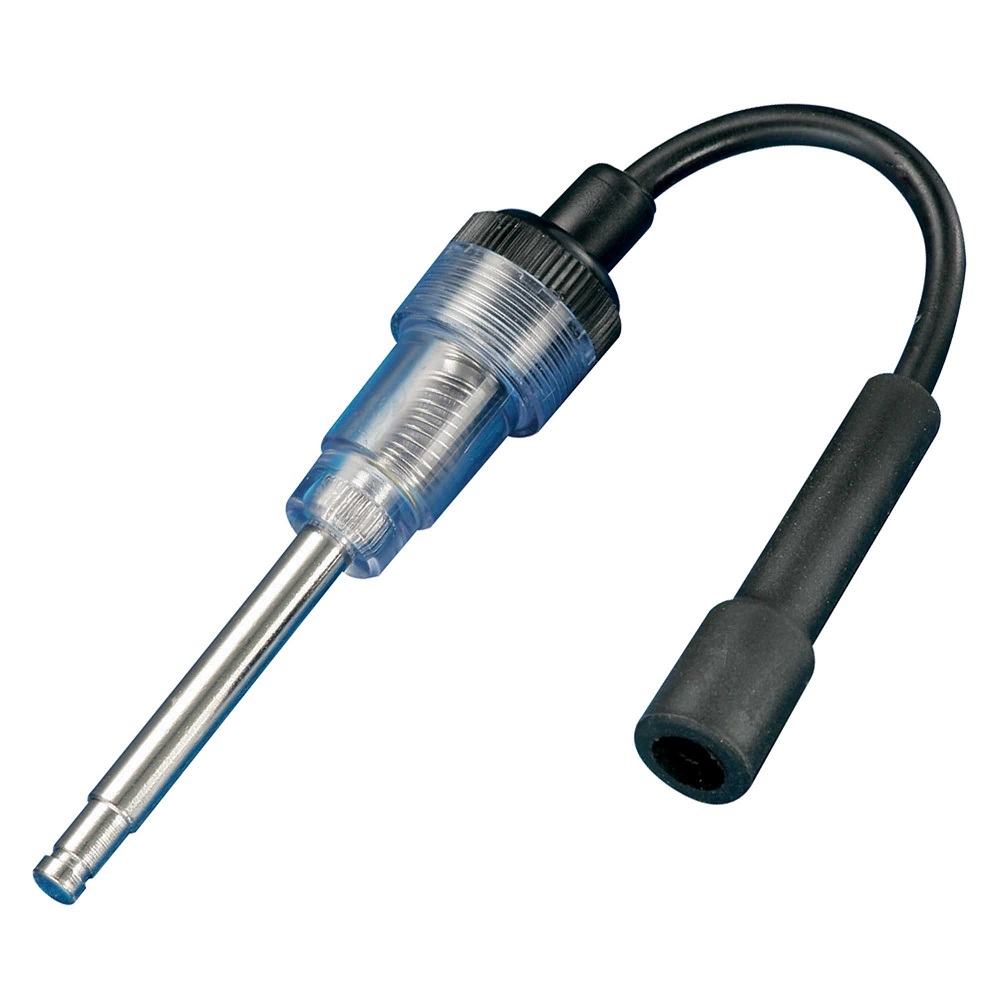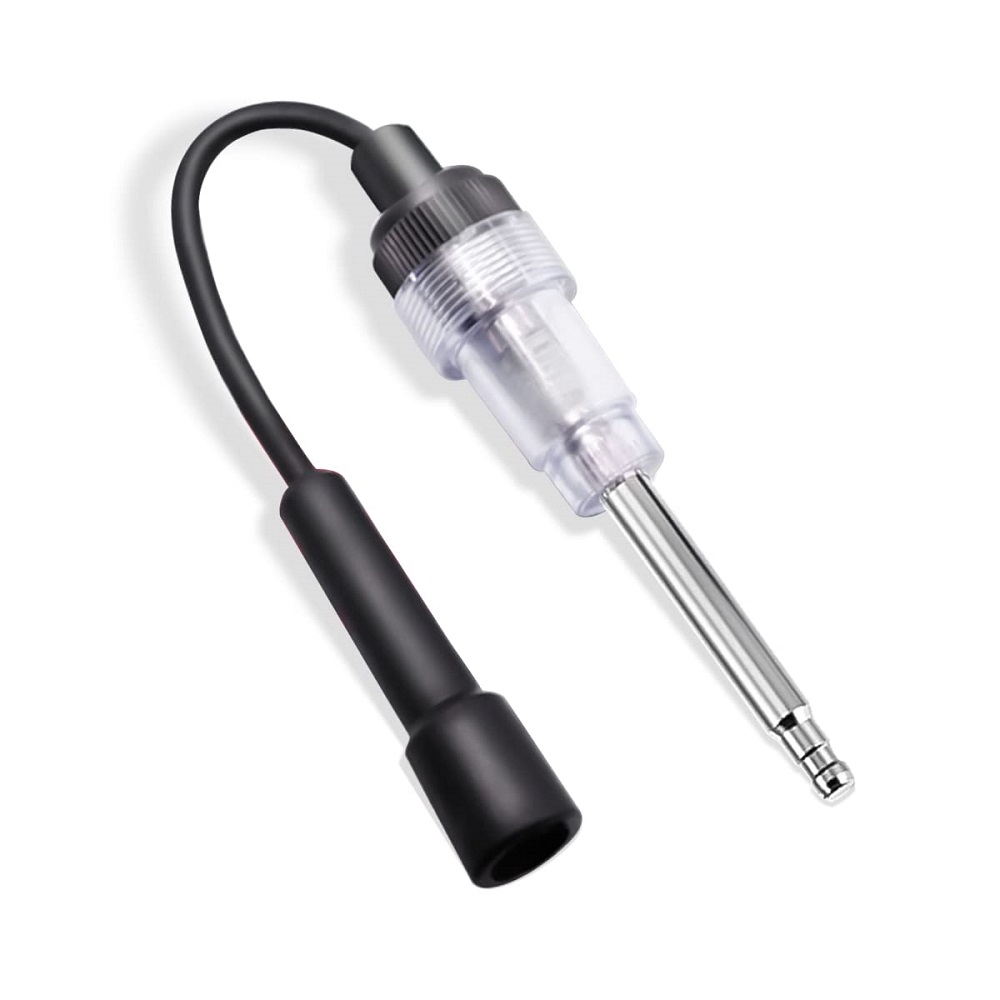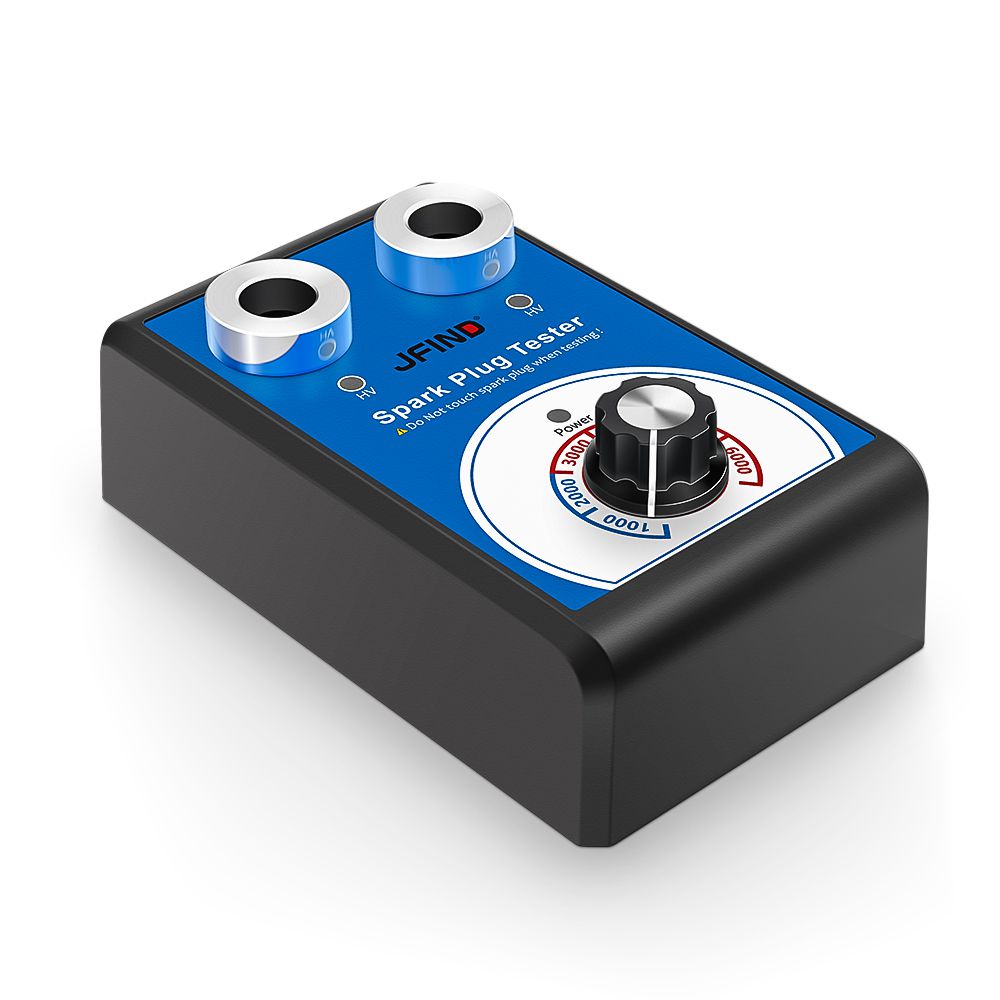Every engine owner knows that regular maintenance is crucial for optimal performance. Among the many components that require attention, the spark plug often takes center stage. A faulty spark plug can lead to poor engine performance, reduced fuel efficiency, and even engine misfires. For this reason, having the right tools to diagnose spark plug issues is essential. A spark plug tester is one such tool that can simplify this process. This article will explore the importance of spark plug tester, their functionality, and how they can help diagnose engine problems effectively.
Understanding the Role of Spark Plugs in Engines
The Function of Spark Plugs
Spark plugs are small devices located in the engine’s combustion chamber. Their primary function is to ignite the air-fuel mixture at the right moment. When the spark plug fires, it creates a small spark that ignites this mixture, producing the power necessary for engine operation. A well-functioning spark plug is crucial for reliable engine performance.
If a spark plug is faulty, it can lead to several issues. Engine misfires, rough idling, and decreased acceleration are common symptoms of a bad spark plug. Additionally, faulty spark plugs can cause engine knocking, which may lead to more significant problems over time. Therefore, diagnosing spark plug issues becomes a critical task for any vehicle owner.
The Importance of Early Detection
Early detection of spark plug issues can prevent further damage to the engine. Ignoring symptoms may lead to extensive repairs, which can be costly. By using a spark plug tester, you can quickly assess the condition of the spark plugs and determine whether they need to be replaced. This proactive approach can save both time and money.
Understanding how spark plugs function helps recognize the importance of testing them regularly. Taking the initiative to diagnose and replace faulty spark plugs is a small yet impactful act that contributes to overall engine health.

What Is a Spark Plug Tester?
The Purpose of the Tool
A spark plug tester is an essential tool used to evaluate the condition of a spark plug. It allows you to test whether the spark plug is firing correctly and whether it is capable of producing a strong spark. The tool effectively identifies issues such as fouling, wear, or incorrect gap settings.
Using a spark plug tester simplifies the process of diagnosis. Instead of removing and inspecting each spark plug individually, you can test them while still connected to the ignition system. This saves valuable time, especially for those working on multiple spark plugs in a larger engine.
Different Types of Spark Plug Testers
There are several types of spark plug testers available on the market. Basic spark plug testers often feature a simple design that connects directly to the spark plug wire. When the engine is cranked, the tester will show if a spark is produced.
More advanced models, such as digital spark plug testers, provide additional features. These testers can measure voltage and current levels, giving a more accurate assessment of the spark plug’s performance. Digital models often include LED indicators that show whether the spark is strong or weak, facilitating easier diagnosis.

How to Use a Spark Plug Tester
Preparation Steps
Before using a spark plug tester, ensure you have all necessary tools on hand. You will need the tester itself, safety gloves, and possibly a wrench for removing any spark plugs. Additionally, consult your vehicle’s manual for specific safety precautions and procedures related to your engine model.
Always wear safety gloves to protect against electrical shocks and sharp edges. Make sure the engine is off and has cooled down before starting any testing. Check the spark plug connections and ensure that the tester is compatible with your vehicle’s ignition system.
Testing Procedure
- Attach the Tester: Remove the spark plug wire from the spark plug. Next, connect the spark plug tester to the spark plug socket. Depending on the model, you may need to connect it directly to the ignition wire.
- Crank the Engine: Once the tester is in place, crank the engine while observing the tester for a spark. If the spark plug is functioning correctly, you should see a strong spark. If there is no spark, or if it is weak, there may be an issue with the spark plug.
- Evaluate Results: A strong, blue spark indicates that the spark plug is in good condition. A weak or yellow spark may suggest that the spark plug is failing. If no spark is present, further inspection of the ignition system may be necessary.
- Reconnect Everything: After testing, reconnect the spark plug wire and ensure that all components are secured properly. This simple step is important for maintaining engine safety during operation.
Tips for Successful Testing
To ensure accurate results, perform the test under the same conditions each time. For example, consistency in engine speed and temperature can provide more reliable data about the spark plug’s performance. Additionally, it may be helpful to test all spark plugs in sequence, allowing for quick identification of any specific issues.

Common Spark Plug Issues Diagnosed by Testers
Fouling
Fouling occurs when deposits build up on the spark plug electrodes. This buildup can result from oil leaks, incorrect fuel mixtures, or prolonged idling. A fouled spark plug often leads to engine misfires or sluggish performance. Fortunately, a spark plug tester can detect weak or intermittent sparks caused by fouling.
Wear and Tear
Regular use can wear down a spark plug, decreasing its effectiveness. Over time, the electrode may become worn or eroded, impacting ignition. Testing the spark plug can reveal whether it is firing adequately. If wear is evident, replacement should be considered to restore engine performance.
Gap Issues
The gap between the electrodes on a spark plug is critical for producing an effective spark. If the gap is too wide or too narrow, ignition may not occur at the optimal moment. A spark plug tester can measure spark quality, helping identify gap issues. Adjusting the gap to the manufacturer’s specifications can significantly improve engine function.

The Benefits of Using a Plug Tester
Increased Accuracy
One of the biggest advantages of using a spark plug tester is the increased accuracy it provides. This tool allows for precise measurements of spark quality and condition. Digital testers offer real-time diagnostics, revealing issues that may not be apparent through visual inspection alone.
Accurate testing is crucial for effective troubleshooting. By obtaining clear data regarding the spark plug’s performance, you can quickly determine if further inspection or replacement is needed. This process eliminates guesswork and enhances diagnostic efficiency.
Time and Cost Efficiency
Using a spark plug tester can also save both time and money. By identifying issues early, you can address problems before they escalate. This proactive approach prevents costly repairs and ensures your engine operates at its best.
Compared to traditional diagnostic methods, a spark plug tester can shorten the time it takes to diagnose problems. Owners can conduct tests themselves, minimizing labor costs associated with taking the vehicle to a mechanic.

Maintaining Your Plug Tester
Regular Inspection and Cleaning
Regular inspection and cleaning of your spark plug tester will ensure its longevity and accuracy. After every use, wipe down the tester to remove any debris or residue. Pay attention to the connections and wires to ensure they remain free from damage.
Store the tester in a dry, cool place to prevent damage from moisture or extreme temperatures. Proper storage will keep the tool in good condition, ready for use when needed. Consider checking the tester for correctness and performance regularly to ensure reliability.
Following Manufacturer Guidelines
Always refer to the manufacturer’s guidelines for specific maintenance instructions. Each spark plug tester may have unique requirements regarding care and usage. Following these guidelines ensures that you maintain the integrity and performance of the tester.
If issues arise with the tester itself, consult the manufacturer or detailed manuals for troubleshooting assistance. Keeping the tool in top condition will facilitate smooth diagnostics whenever you need to assess spark plugs.
The Value of a Plug Tester
In conclusion, a spark plug tester is an essential tool for diagnosing engine issues and maintaining optimal performance. Understanding the role of spark plugs in engine operation highlights the importance of monitoring their condition. By regularly inspecting and testing spark plugs, vehicle owners can prevent minor issues from escalating into significant problems.
The variety of spark plug tester available allows you to choose one that fits your specific needs. Whether opting for a basic model or a more advanced digital tester, having this tool in your arsenal will empower you to perform effective diagnostics.
Ultimately, investing in a spark plug tester not only saves time and money but also contributes to the longevity of your vehicle. Regular maintenance and accurate testing lead to enhanced engine performance. Embrace the value of this essential tool and take charge of your vehicle’s health today.

Leave a Reply